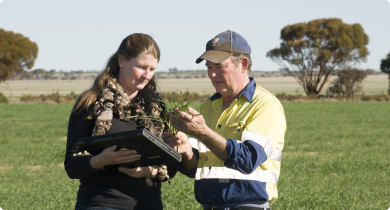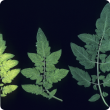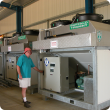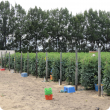Production & postharvest
The Department of Primary Industries and Regional Development contributes to the productivity, profitability and sustainability of plant-based agriculture. From broad scale dryland cropping systems to intensive irrigated production, we work with industry and business to address challenges in plant production through research and development, knowledge transfer and government policy settings.
Filter by search
Filter by topic
- (-) Remove Vegetables filter Vegetables
- Horticulture (36) Apply Horticulture filter
- Plant nutrition (15) Apply Plant nutrition filter
- Potatoes (10) Apply Potatoes filter
- Fertiliser (10) Apply Fertiliser filter
- Irrigation (8) Apply Irrigation filter
- Climate, land & water (8) Apply Climate, land & water filter
- Water (7) Apply Water filter
- Water management (6) Apply Water management filter
- Postharvest (6) Apply Postharvest filter
- Broccoli (6) Apply Broccoli filter
- Fruit (5) Apply Fruit filter
- Cauliflower (4) Apply Cauliflower filter
- Carrots (3) Apply Carrots filter
- Pests, weeds & diseases (3) Apply Pests, weeds & diseases filter
- Cabbage (3) Apply Cabbage filter
- Breeding & varieties (3) Apply Breeding & varieties filter
- Nursery & cutflowers (2) Apply Nursery & cutflowers filter
- Sowing (2) Apply Sowing filter
- Lettuce (2) Apply Lettuce filter
- Celery (2) Apply Celery filter
- Diseases (2) Apply Diseases filter
- Pests (1) Apply Pests filter
- Pest insects (1) Apply Pest insects filter
- Pumpkin (1) Apply Pumpkin filter
- Soils (1) Apply Soils filter
- Tomatoes (1) Apply Tomatoes filter
- Strawberries (1) Apply Strawberries filter
- Pastures (1) Apply Pastures filter
- Soil productivity (1) Apply Soil productivity filter
- Harvesting (1) Apply Harvesting filter
- Chinese cabbage (1) Apply Chinese cabbage filter
- Brussels sprouts (1) Apply Brussels sprouts filter
- Beans (1) Apply Beans filter
- Food & beverages (1) Apply Food & beverages filter
- Food, export & investment (1) Apply Food, export & investment filter
- Grapes & wine (1) Apply Grapes & wine filter
- Garlic (1) Apply Garlic filter
- Pasture management (1) Apply Pasture management filter






